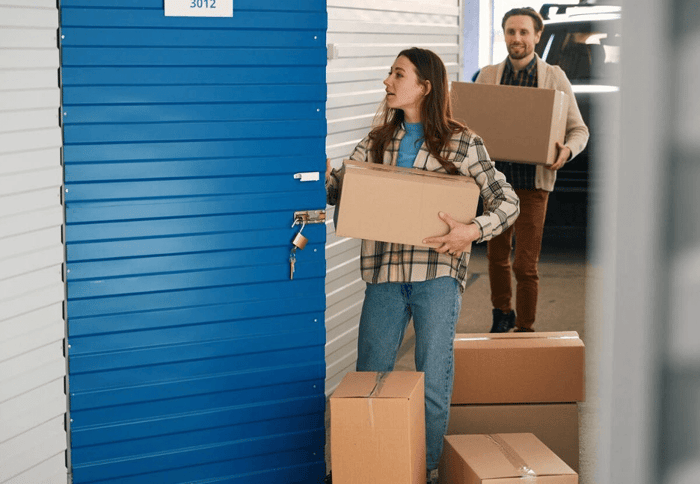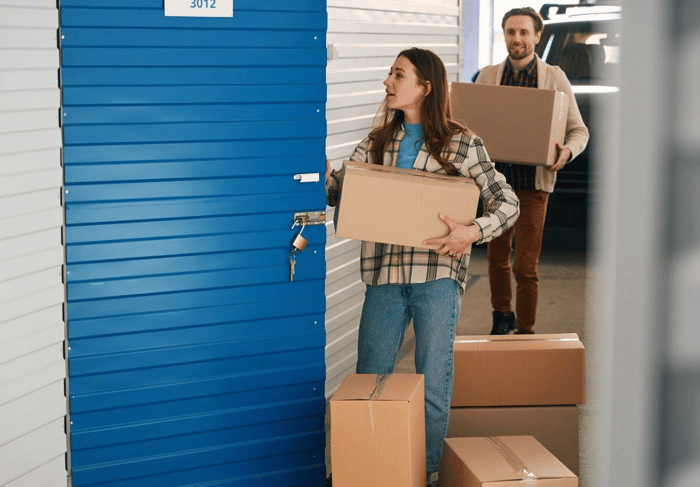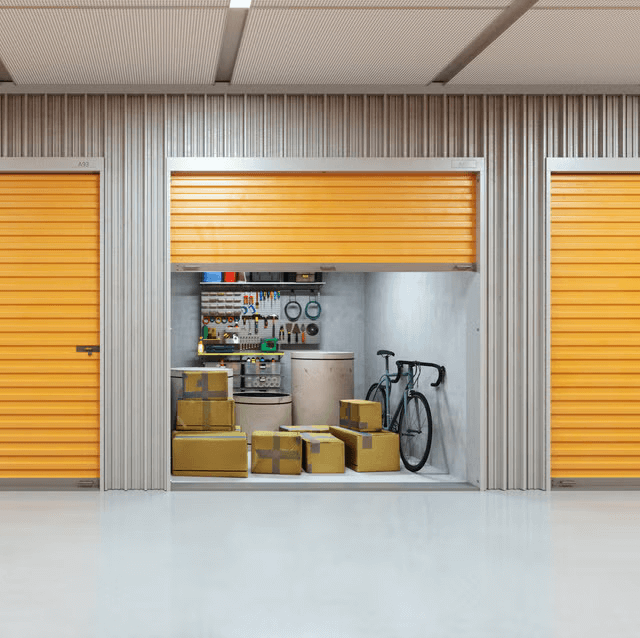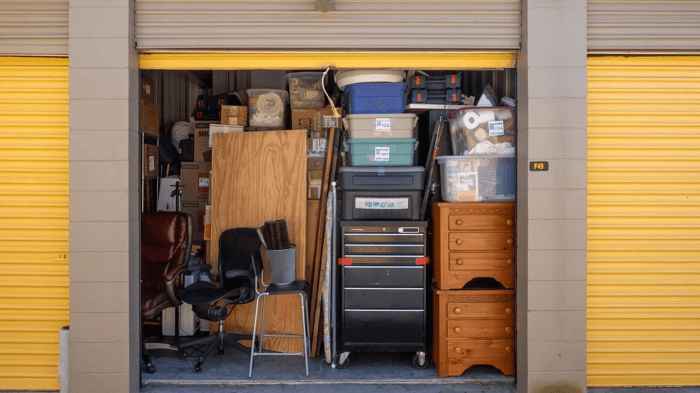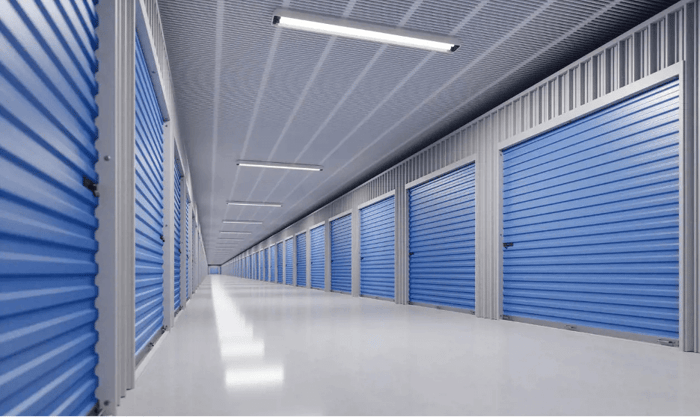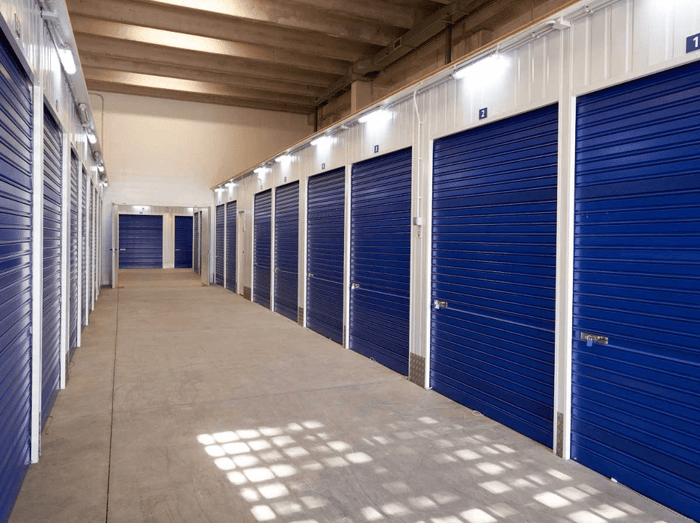Whether you’re moving, downsizing, running a small business, or simply need more space, renting a storage unit can be a game-changer. However, the way you organize your unit makes all the difference. A cluttered or poorly arranged space often leads to lost items, damaged belongings, and wasted time. In contrast, applying practical tips for organizing your storage unit ensures quick access, maximizes space efficiency, and gives you peace of mind knowing everything is in its place.
At Premier Storage, we know that optimizing your self-storage experience starts with how you pack, stack, and label your items. This guide provides actionable tips to organize your storage unit like a pro, regardless of whether it’s climate-controlled, drive-up, residential, business, or RV storage.
Step 1: Choose the Right Storage Unit Type
Before organizing anything, you need to determine the correct type of unit for your specific needs. Here’s a quick breakdown:
Storage Type | Best For |
Climate Controlled Storage | Wooden furniture, electronics, important documents, seasonal clothing |
Drive-Up Storage | Tools, garage items, moving boxes, bulky furniture |
Enclosed Storage | Vehicles, motorcycles, trailers |
Boat Storage | Personal or recreational boats, typically off-season |
RV Storage | Travel trailers, campers, and RVs |
Business Storage | Inventory, office files, retail supplies |
Residential Storage | Seasonal décor, furniture, clothing, sports equipment |
Tip
Not sure what unit is right? Find your ideal unit here.
Step 2: Take Inventory Before You Store
Creating a simple inventory can prevent future headaches. List every item that will go into storage. Categorize by type: clothing, kitchenware, books, tools, etc.
Benefits of an inventory
Helps plan layout
Aids in labeling
Prevents over-packing
Useful for insurance purposes
Consider using a spreadsheet or a free inventory app. Some even allow you to attach photos and barcodes to boxes for quick identification.
Step 3: Pack with Access and Safety in Mind
Packing isn’t just about fitting everything inside; it’s about making items accessible while protecting them from damage. Use these professional tips to guide your packing process:
Best Practices for Packing Boxes
Use uniform box sizes to maximize stackability
Place heavy items on the bottom, lighter ones on top
Fill empty spaces in boxes with padding (towels, bubble wrap)
Label all sides of each box with contents and a number.
Labeling Tip
Use a color-coded system:
Red = Fragile
Blue = Kitchen
Green = Tools
Yellow = Seasonal items
Match the labels to your inventory list.
Step 4: Maximize Vertical and Floor Space
Most storage units are taller than they are wide. Take advantage of vertical space:
Use Shelving
Install freestanding metal shelves (if allowed). These help organize:
Books and files
Pantry overflow
Small appliances
Tools and hardware
Stack Boxes Strategically
Place the heaviest, least-needed boxes at the bottom and back. Work upward and forward with lighter, more frequently accessed boxes.
Pro tip
Avoid stacking higher than you can safely reach or see. Falls and collapses are common causes of damage in storage facilities.
Step 5: Create an Aisle and Zone System
Don’t pack your unit wall-to-wall. Leave a narrow center aisle for access. Divide your unit into "zones" based on item category or use.
Sample Storage Zone Layout
Zone | Contents |
Zone 1 | Daily or monthly use (e.g., tools, office supplies) |
Zone 2 | Seasonal items (holiday décor, camping gear) |
Zone 3 | Long-term storage (tax records, heirlooms) |
Use painter’s tape to mark off zones temporarily while arranging.
Step 6: Store Items for Climate and Time
Consider Storage Duration
Short-term? Place essentials near the front for quick access.
Long-term? Wrap items in dust covers or use moisture-absorbing materials, such as silica gel packs or charcoal briquettes.
Protect Against Temperature Changes
Climate-controlled storage is ideal for:
Electronics
Photos
Leather goods
Paper and books
Scientific studies show that temperature and humidity fluctuations can warp wood and corrode electronics over time, even in mild climates. Investing in a climate-controlled unit can save thousands in repairs or replacements.
Step 7: Use Specialty Storage for Vehicles and Equipment
Storing large items, such as boats, trailers, or RVs, requires different tactics.
For Boat & RV Storage
Clean and dry vehicles thoroughly before storage
Use covers to prevent UV and weather damage.
Disconnect batteries and drain fuel (for safety)
Elevate tires slightly to prevent flat spots.
For Lawn Equipment
Empty fuel tanks
Lubricate moving parts
Cover blades and sharp edges
If storing outdoors or in an enclosed storage area, check for local pest control requirements.
Step 8: Maintain Your Unit
Don’t treat your storage unit like a black hole. Schedule seasonal check-ins:
Update your inventory
Rotate or remove outdated items.
Sweep or clean the unit floor.
Replace damaged labels
Taking a few minutes each season to reorganize can save hours down the line.
Seasonal Tip: Organizing Your Unit for Summer
In warm months, people often store:
Winter gear (coats, boots, holiday lights)
School supplies
Snowblowers and sleds
To prep for summer:
Move bikes, camping gear, and pool toys to the front
Ensure electronics are stored in climate-controlled Storage
Check for any humidity damage from the winter months.
If you're planning trips, this is also a great time to organize your RV storage or prepare boat storage for easy retrieval.
Common Mistakes to Avoid
Mistake | Why It’s a Problem | Fix |
Storing items in garbage bags | No structure leads to sagging and tears | Use stackable plastic bins or sturdy boxes |
Not labeling anything | Wastes time searching and increases frustration | Label every side and keep a master list |
Blocking the entrance | Makes quick access impossible | Always leave a path in and out |
Using a newspaper for wrapping | Ink can transfer to items | Use acid-free tissue, bubble wrap, or linens |
Ignoring vertical space | Leaves half the unit unused | Stack, use shelving, or hang items if allowed |
When to Consider Upsizing (or Downsizing)
If you find yourself:
Constantly moving things around
Stacking boxes to the ceiling
Making frequent trips for access
…it might be time to upgrade your storage unit size. Conversely, if your current unit is half empty, downsizing can save you money.
At Premier Storage, we make it easy to switch units as your needs evolve.
Smart Storage is Accessible Storage
An organized storage unit helps you:
Save time
Prevent damage
Reduce stress
Improve long-term storage efficiency.
Whether you're storing a few boxes, household furniture, or even a boat or RV, following these steps will help you use your storage space to its full potential.
Find Your Perfect Storage Solution
At Premier Storage, we offer a wide range of storage solutions, from climate-controlled storage to RV and boat storage, tailored to your unique needs. With secure, clean, and accessible facilities across multiple locations, we’re here to help you make the most of your space.
Browse available units now or contact us to speak with a storage expert today.
